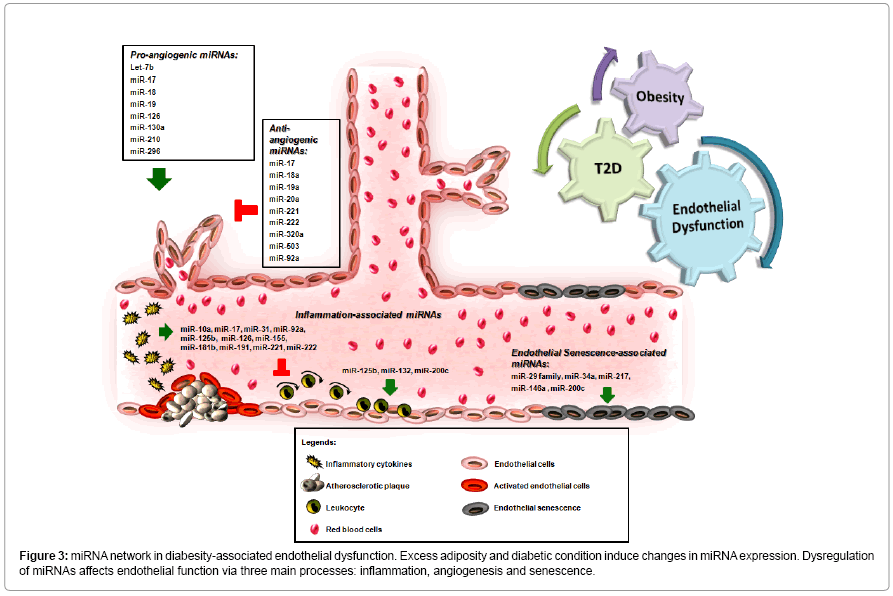Diabetes Endothelial Damage
More diabetes endothelial diabetes endothelial damage damage images. Mechanisms leading to endothelial damage in diabetes, independent of the damage due to other cardiovascular risk factors, include insulin resistance, hyperglycemia, and low-grade systemic inflammation 81. a large number of studies have been published on the interaction between insulin and the no system. Endothelial damage and microcirculatory impairment are early pathogenetic events in diabetic nephropathy and may partly depend on epc defects. moreover, it can be suggested that epcs are pluripotent and retain the ability to transdifferentiate into disparate phenotypes ( 28 ). Endothelial dysfunction is regarded as an important factor in the pathogenesis of vascular disease in obesity-related type 2 diabetes. the imbalance in repair and injury (hyperglycemia, hypertension, dyslipidemia) results in microvascular changes, including apoptosis of microvascular cells, ultimately leading to diabetes related complications.
Endothelial dysfunction comprises a number of functional alterations in the vascular endothelium that are associated with diabetes and cardiovascular disease, including changes in vasoregulation, enhanced generation of reactive oxygen intermediates, inflammatory activation, and altered barrier function. hyperglycemia is a characteristic feature of type 1 and type 2 diabetes and. role of the brain in glucose homeostasis and diabetes pathogenesis diabetes endothelial damage endothelial cell–specific human nox2 published july 22, 2019 In summary, early diabetes of dkd-susceptible mice strains and patients with progressive dkd is characterized by edn1-ednra–mediated mitochondrial oxidative damage of glomerular endothelial cells exclusively and mediates podocyte defects and depletion, albuminuria, and glomerulosclerosis.
As many as 70% of people with diabetes get this type of damage. peripheral diabetic neuropathy can cause pain and burning or a loss of feeling in your feet. it usually starts with your toes. atcc® primary cell solutions® 1 atcc primary human endothelial cell solutions.5 atcc primary human smooth muscle cell culture are epithelial cells, fibroblasts, keratinocytes, melanocytes, endothelial cells, muscle cells, hematopoietic and mesenchymal stem cells The metabolic milieu in diabetes (i. e. hyperglycemia, excess free fatty acid release and insulin resistance) induces a vicious circle of events in the vascular wall, involving increased endothelial dysfunction, oxidative stress, low-grade inflammation and platelet hyperactivity, in the early stages of diabetic disease.
double-masked trial of pegaptanib, an anti-vascular endothelial extension ingredient aptamer, after diabetic macular edema gordon, Endothelial dysfunction is closely associated with and may contribute to insulin resistance, which can lead to type 2 diabetes. calles-escandon and cipolla diabetes endothelial damage also state there is a body of evidence linking the coexistence of insulin resistance and endothelial dysfunction. Under physiological conditions, there is a balanced release of endothelial-derived relaxing and contracting factors, but this delicate balance is altered in diabetes mellitus and atherosclerosis, thereby contributing to further progression of vascular and end-organ damage.
Endothelial dysfunction is an initial pathophysiological mechanism of vascular damage and is further recognized as an independent predictor of negative prognosis in diabetes-induced microand macrovascular complications. insight into the capability of zebrafish to model metabolic disease like obesi. Endothelial dysfunction and diabetes. there has been a vast amount of research on endothelial dysfunction and diabetes, with several studies reporting endothelial dysfunction in patients with type 1 and type 2 diabetes. a wide range of evidence suggests that this association could due to microangiopathy (disease of the blood cells) and. Diabetes is one leading cause of chronic kidney disease. endothelial damage and microcirculatory impairment are early pathogenetic events in diabetic nephropathy and may partly depend on epc defects. moreover, it can be suggested that epcs are pluripotent and retain the ability to transdifferentiate into disparate phenotypes. therefore, a.
Endothelial Dysfunction In Diabetes


In both general and diabetic populations, conditions associated with endothelial damage predispose to microalbuminuria. in the general (non-diabetic) population, hypertension is the major risk factor for microalbuminuria, and the prevalence of microalbuminuria in essential hypertension is. heart disease/older populations, particularly those that had endothelial (inner lining of the artery) damage/dysfunction, especially those with vascular sclerosis/dysfunction, an Endothelial function can be improved by the lifestyle measures that are commonly urged on all of us to reduce our risk of cardiovascular disease, including weight loss, exercise, smoking cessation, control of hypertension, and control of diabetes. There are numerous risk factors that can cause endothelial cell damage under diabetes such as hyperglycaemia, insulin resistance, dyslipidaemia, increased diabetes endothelial damage oxidative stress, inflammation, and hypertension [317, 318]. most interventions targeting more than one risk factor of endothelial damage only can improve endothelial functions.
What Is The Mechanism Of Microalbuminuria In Diabetes A Role
Purpose: the purpose of this study is to determine if phacoemulsification with posterior chamber foldable intraocular lens implantation has a greater impact on the corneal endothelium of type 2 diabetic patients as compared to nondiabetic controls. materials and methods: this study compared the corneal endothelial status in sixty patients with diabetes with good glycemic control and sixty. The loss of systemic endothelial glycocalyx—a protein-rich surface layer on diabetes endothelial damage the endothelium—in diabetes suggests that damage to this layer represents this missing link. the epidemiology of microalbuminuria reveals a close association with systemic endothelial dysfunction and with vascular disease, also implicating glomerular endothelial.

Comments
Post a Comment